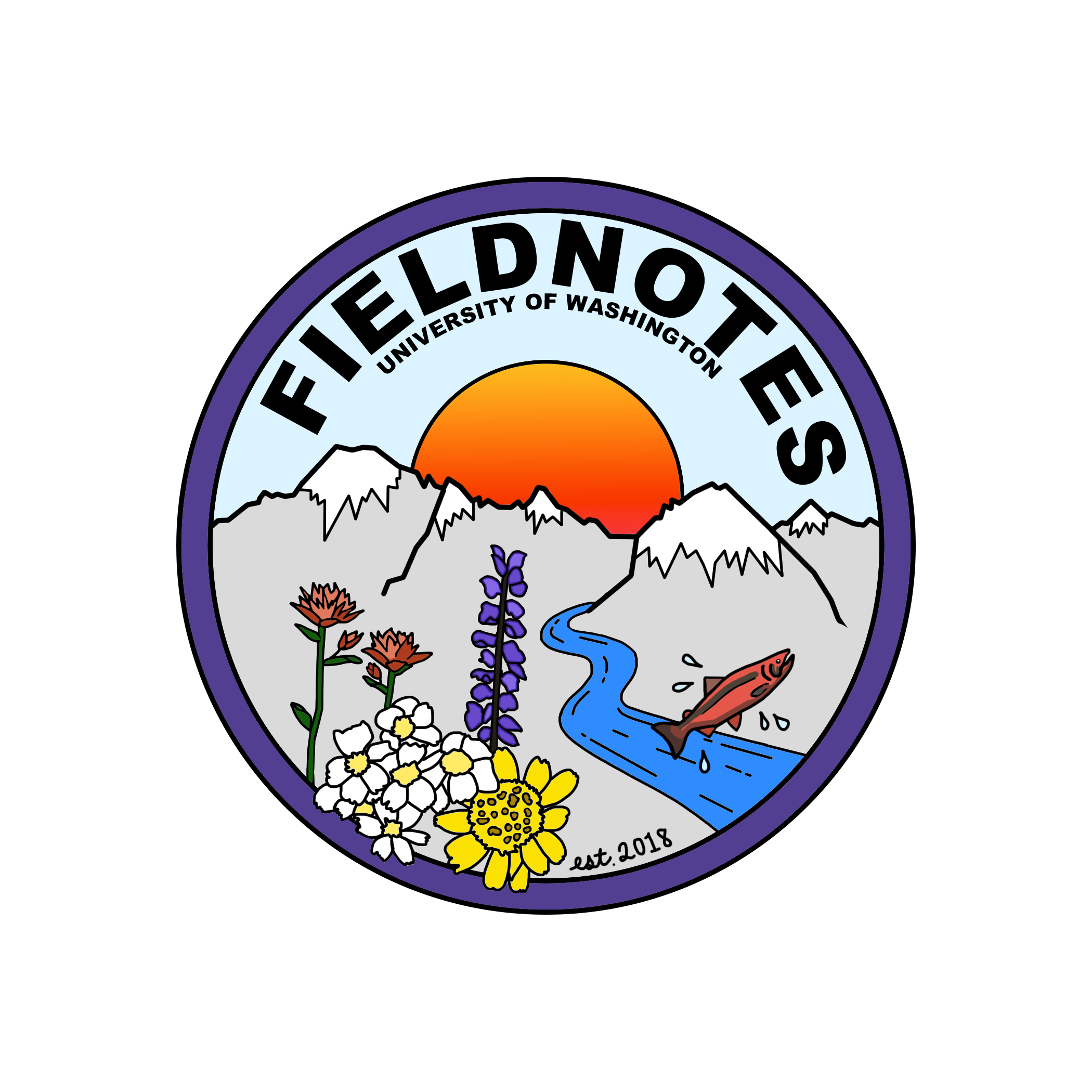My Foray Into the Intersection Between Politics and the Environment
by Katie Gonzalez
From the time I first understood that human actions have consequences on this planet I was determined to help. Now with the benefit of learning more about the multitude of processes supporting life, I see new opportunities to learn a different yet very important avenue in this intersection of the environment. I begin my journey by setting out to learn how scientific knowledge informs policy for the environment. I ask this question because the topic itself is very broad and there are many ways in which science influences policy. By sharing my experience I hope to encourage citizens much like myself to learn about and participate in the legislative process within their community.
My first steps were to familiarize myself with the terminology used in politics that were crucial to understanding what a document was saying. By virtue of searching for a way to better understand political documents, I found how communication between the three parties involved in creating the legislature is important. I’ve had an understanding of how the scientific community communicates findings to both peers in academia and the public, but now I see how science communicated effectively to all parties is key to creating legislation and policy to address an environmental issue.
I soon became curious as to how scientific consensus influences laws, and what obstacles bills have to overcome to become law. The social aspect of obstacles for bills to overcome can be contributed to needing two things: constituency support and being topical in the media. For a legislator to gain the support of their constituency for any topic the constituency must have an understanding of the topic. This can come from communication between the legislator and the scientific community as previously discussed, or it can come from a general understanding of the issue from the media. This is where the relevance of an issue in the media comes into play. If an issue is publicized sufficiently and a bill addresses the issue it is more likely to gain the support of the constituency. However, it can take time for an issue to become topical in the media, which brings us to the second aspect of obstacles for a bill to face.
A bill must pass eight checkpoints through the house, senate, and various committees before it can be signed into law or vetoed by the governor. This process can take at minimum a single session and may end up taking several sessions, with a single session happening per year taking anywhere from 60 to 105 days in alternating years. Bills can also get muddled through modification, where after a bill goes through each of the eight checkpoints the result could be as extreme as the end product no longer resembling the original bill at all or having lost the original meaning.
I took this journey to learn more about the political aspects of the environment on a logistical term. To do so, comprehending the material presented on the Washington State Legislature website was a necessity in the learning process, which is why I needed to know the fundamentals of political language. By the end, I learned enough vocabulary to grasp the tip of the iceberg of the legislative portion of the political process that intersects with the environment. Along the way, I also found many great resources for how citizens such as myself can participate in the legislative process. I can’t claim to know the entire connection between politics and the environment, but I can say that I’ve opened the next chapter in my journey to becoming politically active in a productive manner that supports resolutions to the environmental issues I care most about. When you are affected by something you tend to care about it, and ensuring your concerns and ideas are considered is the first step to solving the issue. With that said, I hope I’ve inspired you to learn more about the issues that are important to you and involve yourself in the resolution process.

